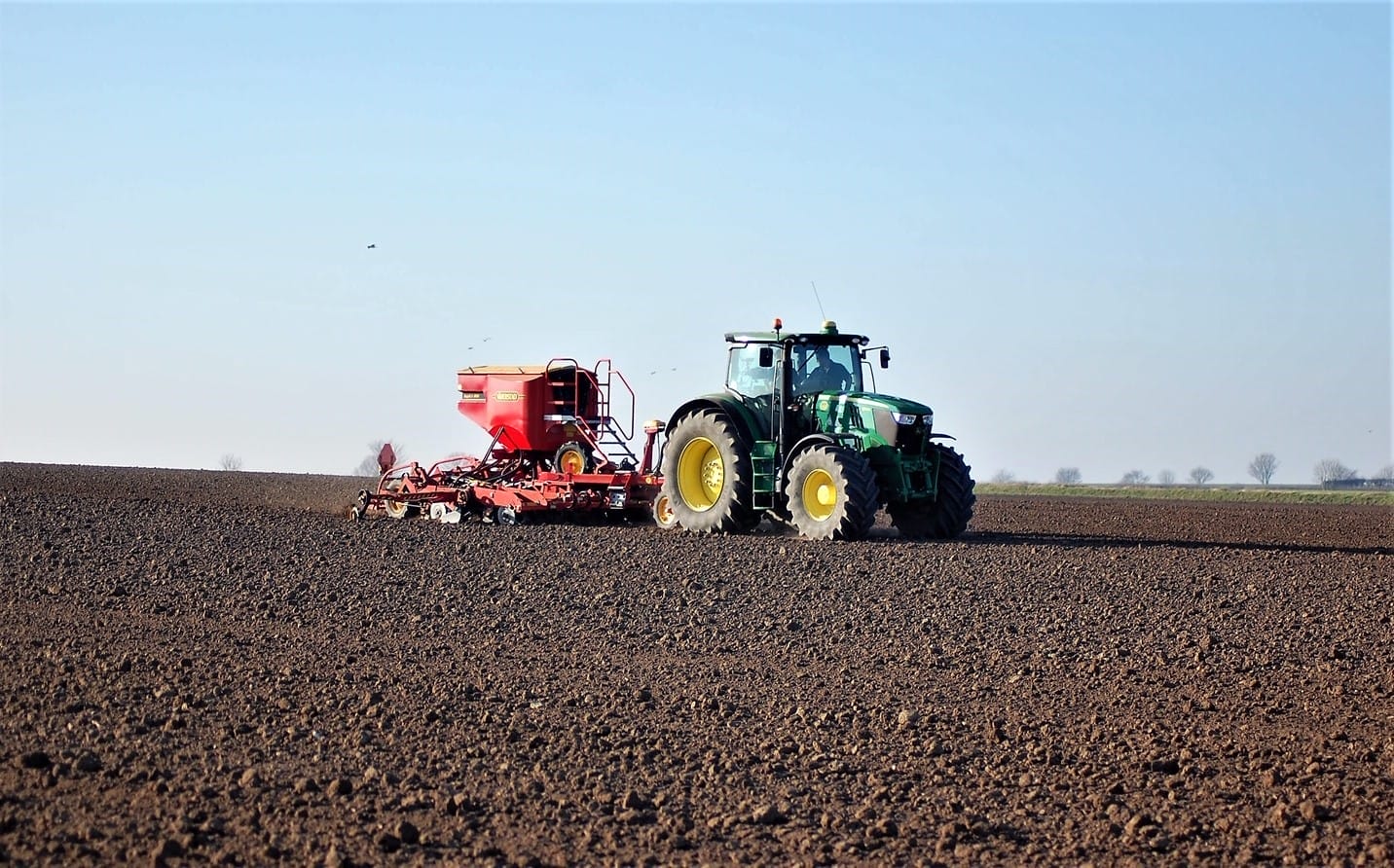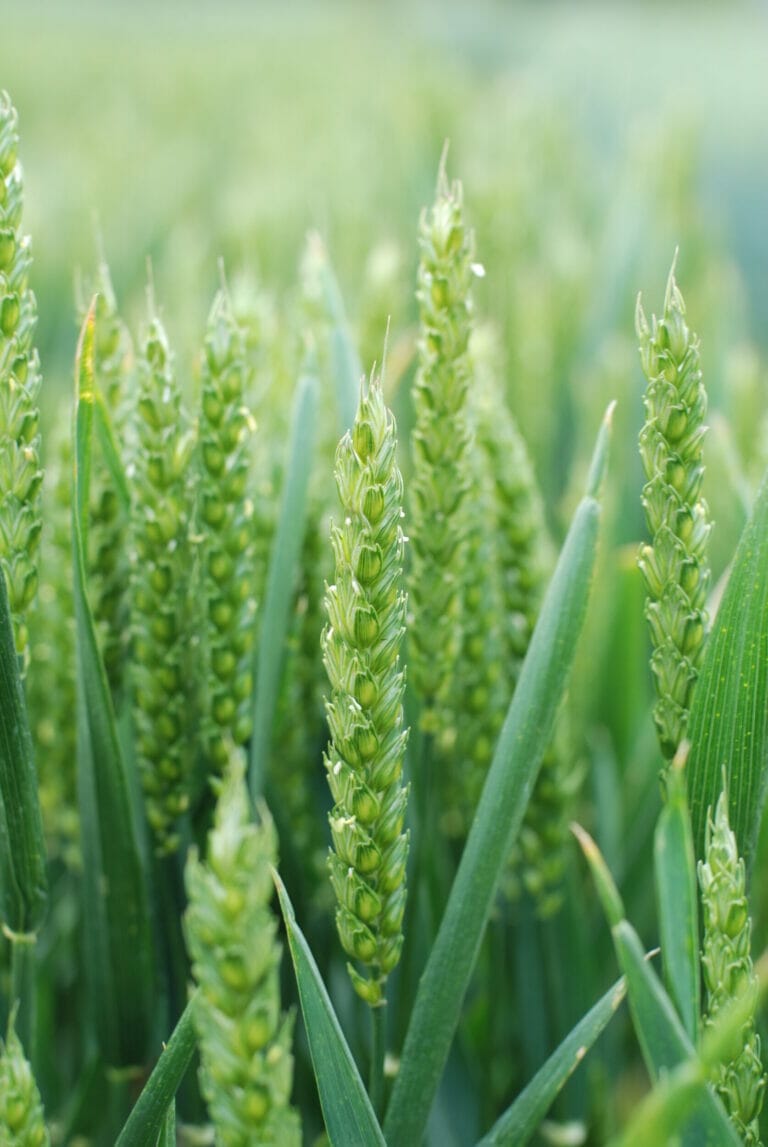Delayed or late drilling of winter wheat, considered to be from mid-October onwards, is now common practice on farms today particularly for black-grass management, in a second wheat situation and for those who are drilling wheat after sugar beet or potatoes.
However, late drilling presents a unique set of challenges to the crop points out Limagrain UK’s arable technical manager Ron Granger.
“Soils will inevitably become cooler and wetter as winter draws in so it is important to proceed with care and consideration in order to get the crop well established.”
“It is important to make a distinction by choosing varieties that will cope well rather than be challenged by the situation,” he says.
“Get it wrong, and you could be facing fairly substantial yield penalties, yet this is totally avoidable.”
“Characteristics of wheats that suit this slot are strong tillering and vigorous, combined with good rooting attributes and a semi prostrate growth habit in the winter.”
He adds that as a consequence, crops drilled later will not have been in the ground as long as those drilled earlier in the autumn, so the chosen variety needs to be quick off the blocks in the spring, once growing conditions are favourable.
“This is especially important where there is black-grass as you need a variety that will compete with its rapid growth rather than sit and tiller flat to the ground, eventually becoming smothered by it.”
“The theory is not complicated, he notes. “This is why LG Skyscraper suits the blackgrass situation over a variety like LG Sundance which is high tillering with a late plant development in the spring.”
Limagrain has conducted a range of trials over the years looking at which varieties suit the later-drilled slot – which includes both winter and spring wheat varieties sown in the later drilling situation after the end of October.
“LG Skyscraper was by far the most consistent performer in this position, delivering high yield potential continuously over very differing climatic seasons.”
Data from several seasons of work also suggests that taller wheats, such as LG Skyscraper, are at an advantage in the later drilling scenario because larger plant canopies also play an important role in keeping black-grass ear numbers and seed return to the minimum, says Mr Granger.
He also points out that one of the single most important factors in getting a late drilled crop off to a good start is to use the correct seed rate.
“Seed rates after the end of October are difficult to quantify specifically as they will be more determined by the seasonal weather and seedbed preparation at the time of drilling.”
“Generally, seed rates are increased the further drilling moves towards the winter months to compensate for the impact on tillering, as a result of cooler temperatures and shorter days.”
“In good conditions in early November, the target should be a seed rate of 375-400 seeds/m2, increasing to 400-475 seeds/m2 at later drill dates, or in a black-grass or poor seedbed situation.”
“Effective seed treatments for root disease and insect control, especially if wheat Bulb fly is a concern, alongside good slug control should be considered as valuable tools for good establishment, especially in known high-risk situations.”
He notes that later drilled varieties often have the advantage of requiring lower inputs and may not require an earlier autumn herbicide.
“Growers should also choose varieties with a good disease resistance profile, certainly against mildew, as this can be problematic on some soil types in the late drilled situation.”
Ron Granger recognises that spring wheat varieties do have a place in the rotation for late drilling, especially in a black-grass situation, but points out that some winter wheat varieties can be grown through to the end of January without significant yield penalties.
After January some spring wheat varieties come into their own regarding yield performance, and should be a serious consideration if black-grass is the major threat on farm, he says.
With second wheats, the added pressure from high-levels of take-all inoculum and eyespot are important to consider when choosing a variety for this very testing situation, he points out. “Not all wheat varieties perform in this very testing situation so its important growers choose the correct varieties”
Again LG Skyscraper has performed well in this situation, highlighted by the AHDB Recommended List and more significantly by good on farm performance.
In a second wheat situation, with a known eyespot history, varieties that carry the Rendezvous PcH1 gene; will secure a greater resistance for ensuring final yield potential.


































